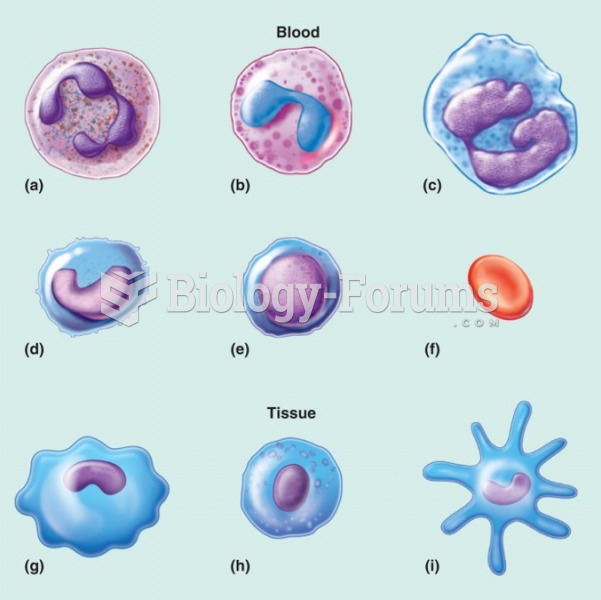|
|
|
As many as 20% of Americans have been infected by the fungus known as Histoplasmosis. While most people are asymptomatic or only have slight symptoms, infection can progress to a rapid and potentially fatal superinfection.
Recent studies have shown that the number of medication errors increases in relation to the number of orders that are verified per pharmacist, per work shift.
The average person is easily confused by the terms pharmaceutics and pharmacology, thinking they are one and the same. Whereas pharmaceutics is the science of preparing and dispensing drugs (otherwise known as the science of pharmacy), pharmacology is the study of medications.
Approximately 25% of all reported medication errors result from some kind of name confusion.
After 5 years of being diagnosed with rheumatoid arthritis, one every three patients will no longer be able to work.
 Inflammation. Inflammation is characterized by the presence of swelling, redness, heat, and pain. Sw
Inflammation. Inflammation is characterized by the presence of swelling, redness, heat, and pain. Sw
 The rapid collapse of the South Vietnamese army in 1975 caught many by surprise. Evacuees formed a ...
The rapid collapse of the South Vietnamese army in 1975 caught many by surprise. Evacuees formed a ...
 Microscopic image of prostate cancer. The tissue on the right is somewhat normal; the tissue on the ...
Microscopic image of prostate cancer. The tissue on the right is somewhat normal; the tissue on the ...




